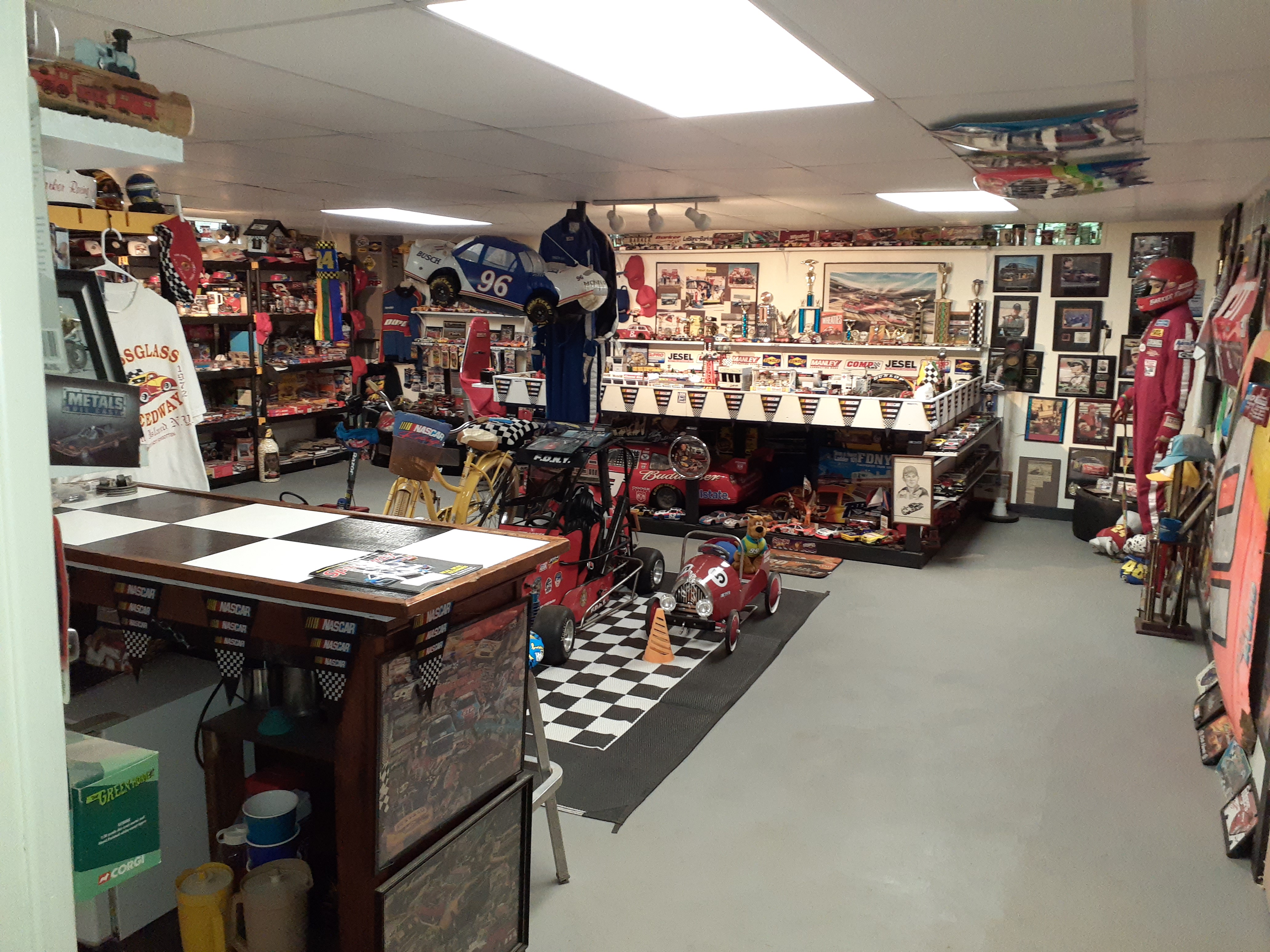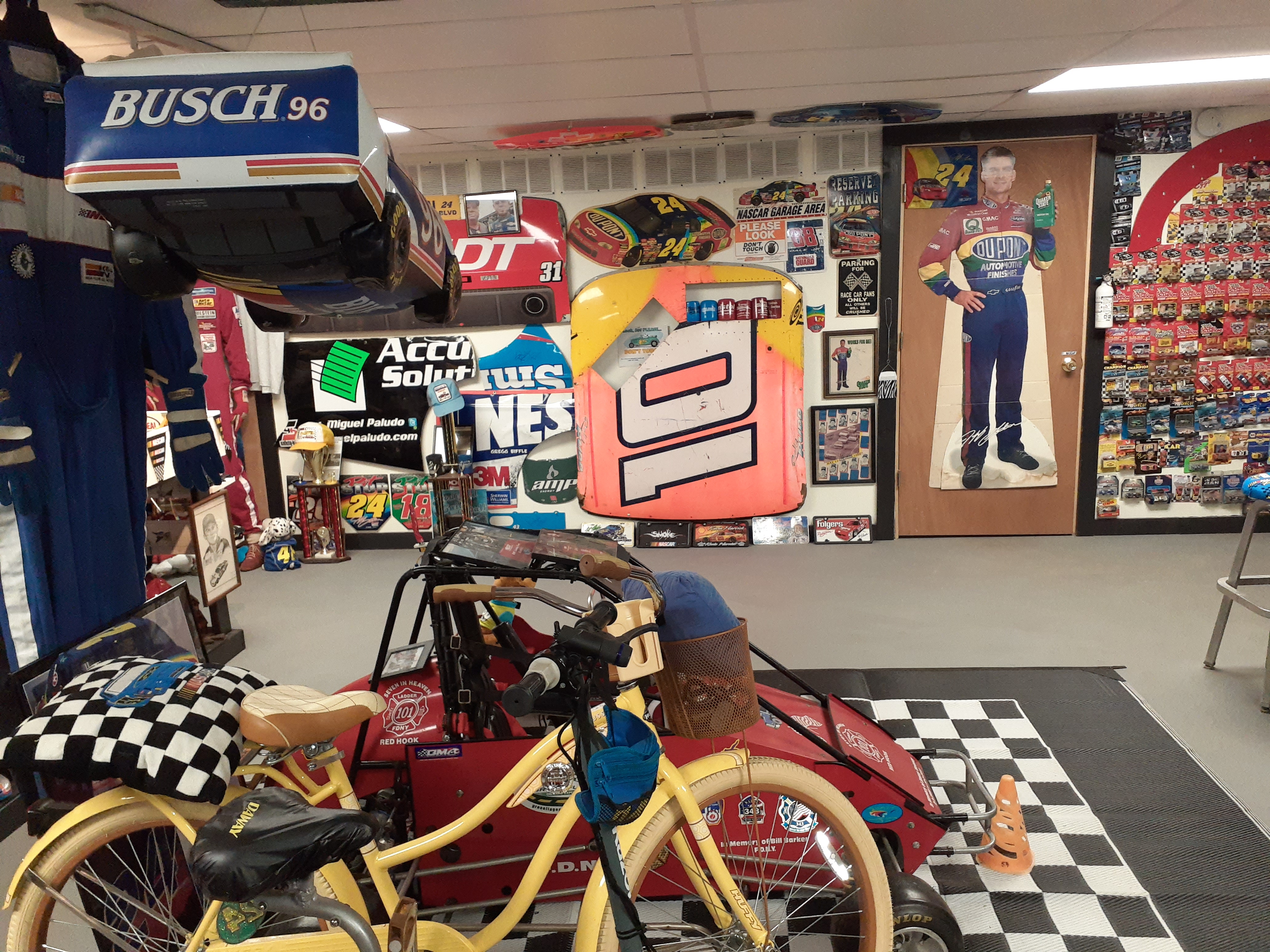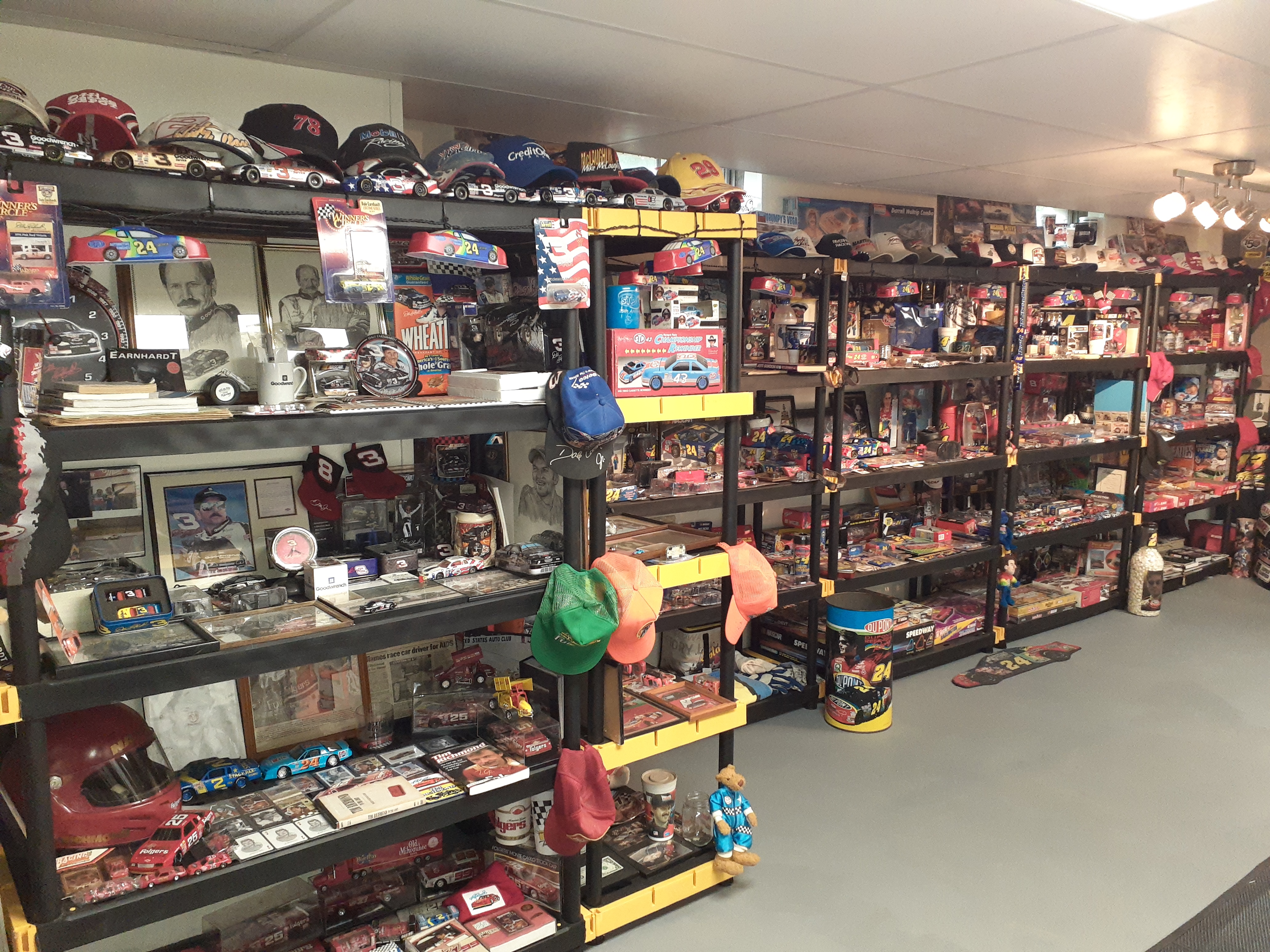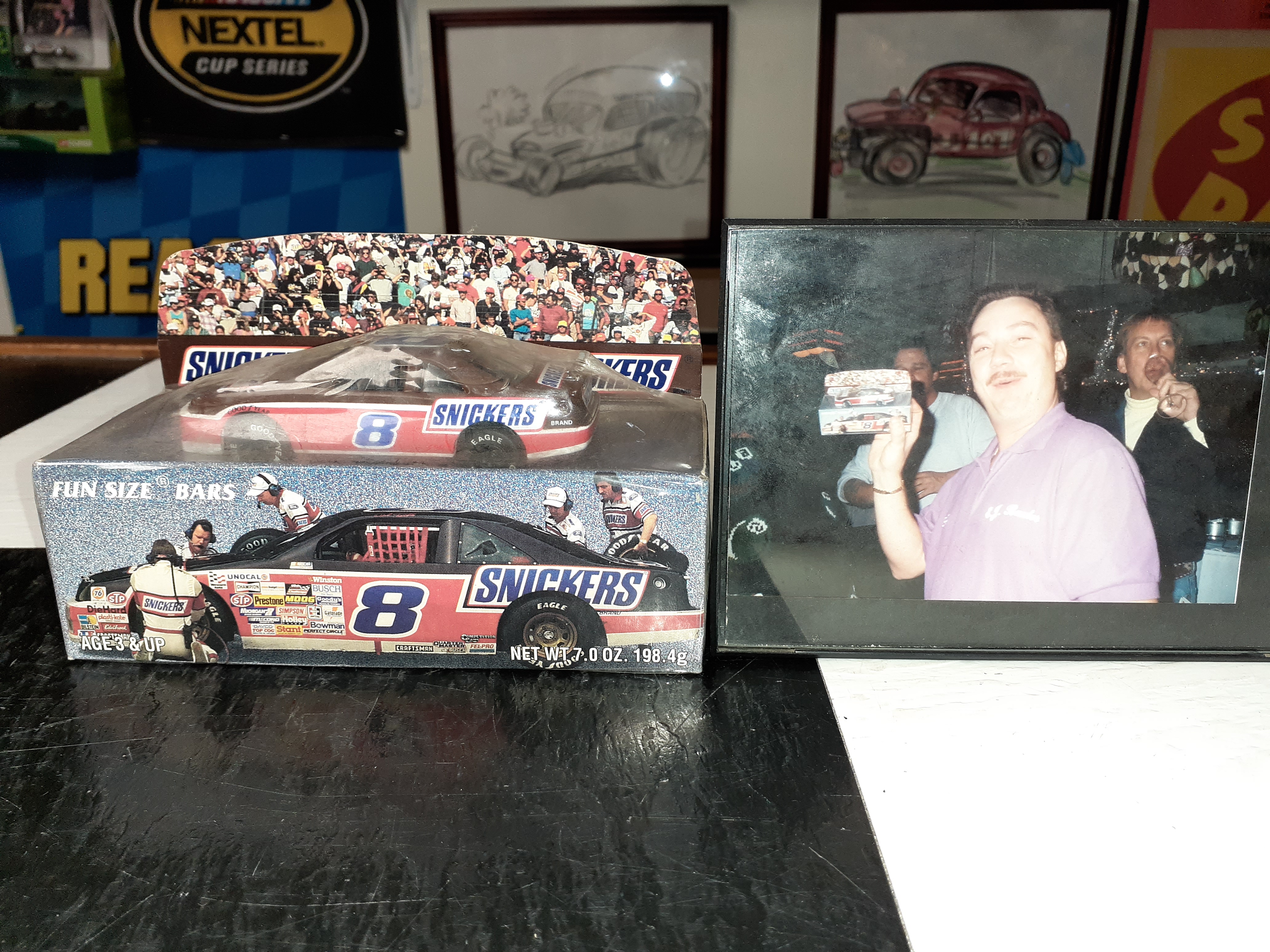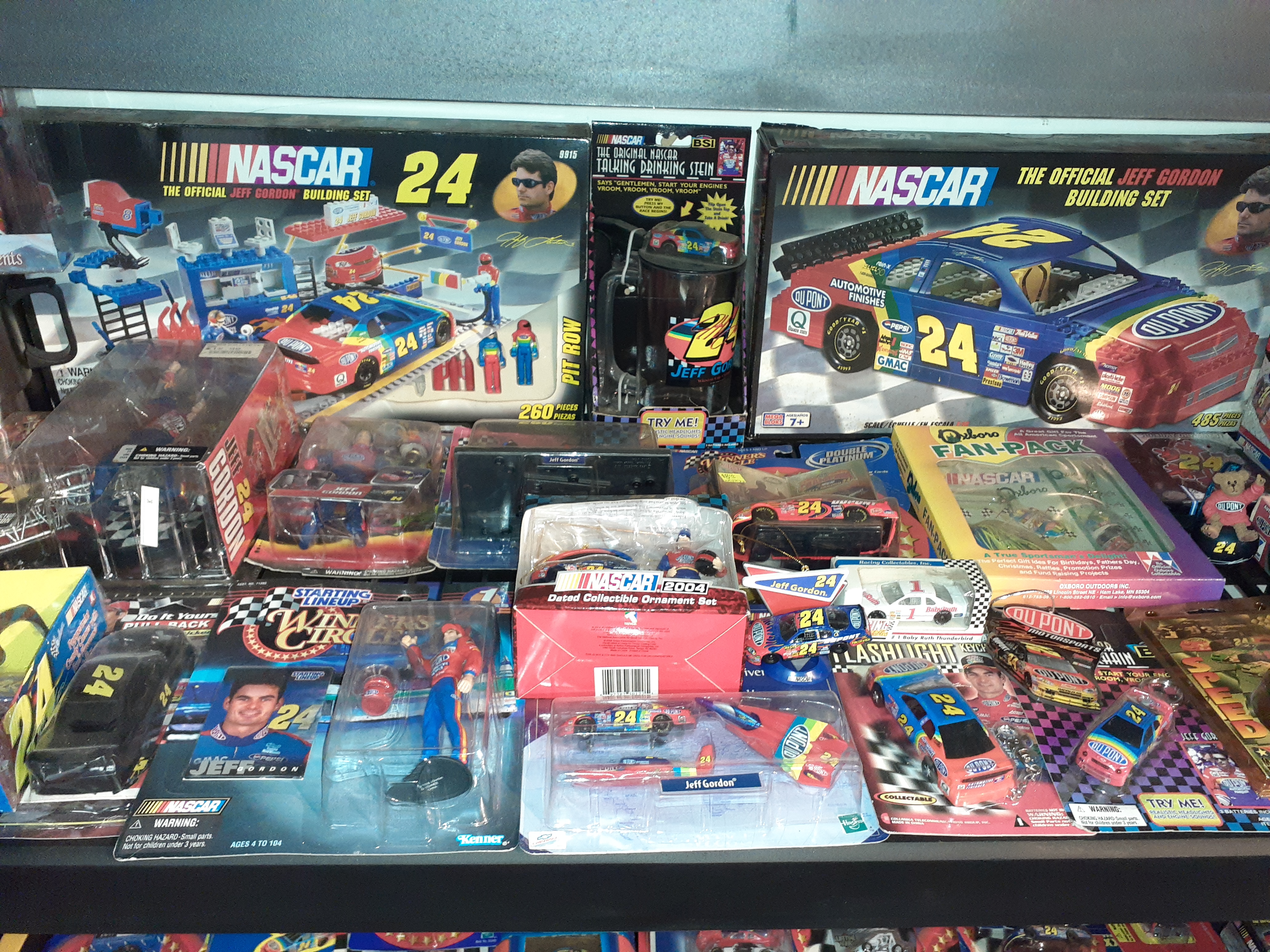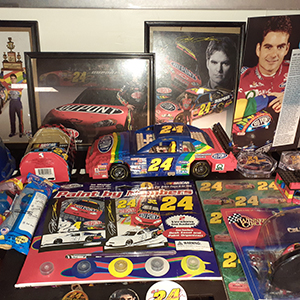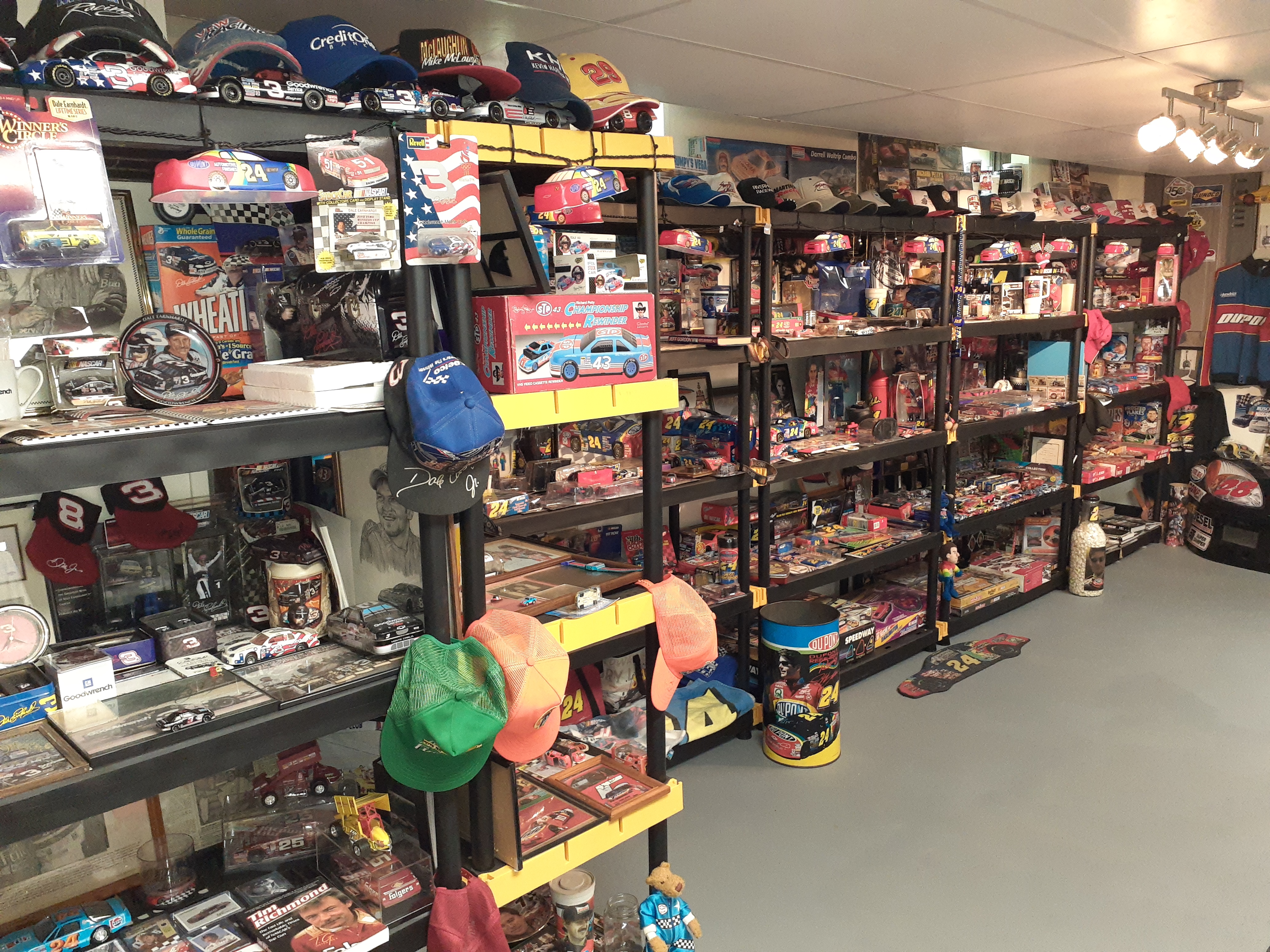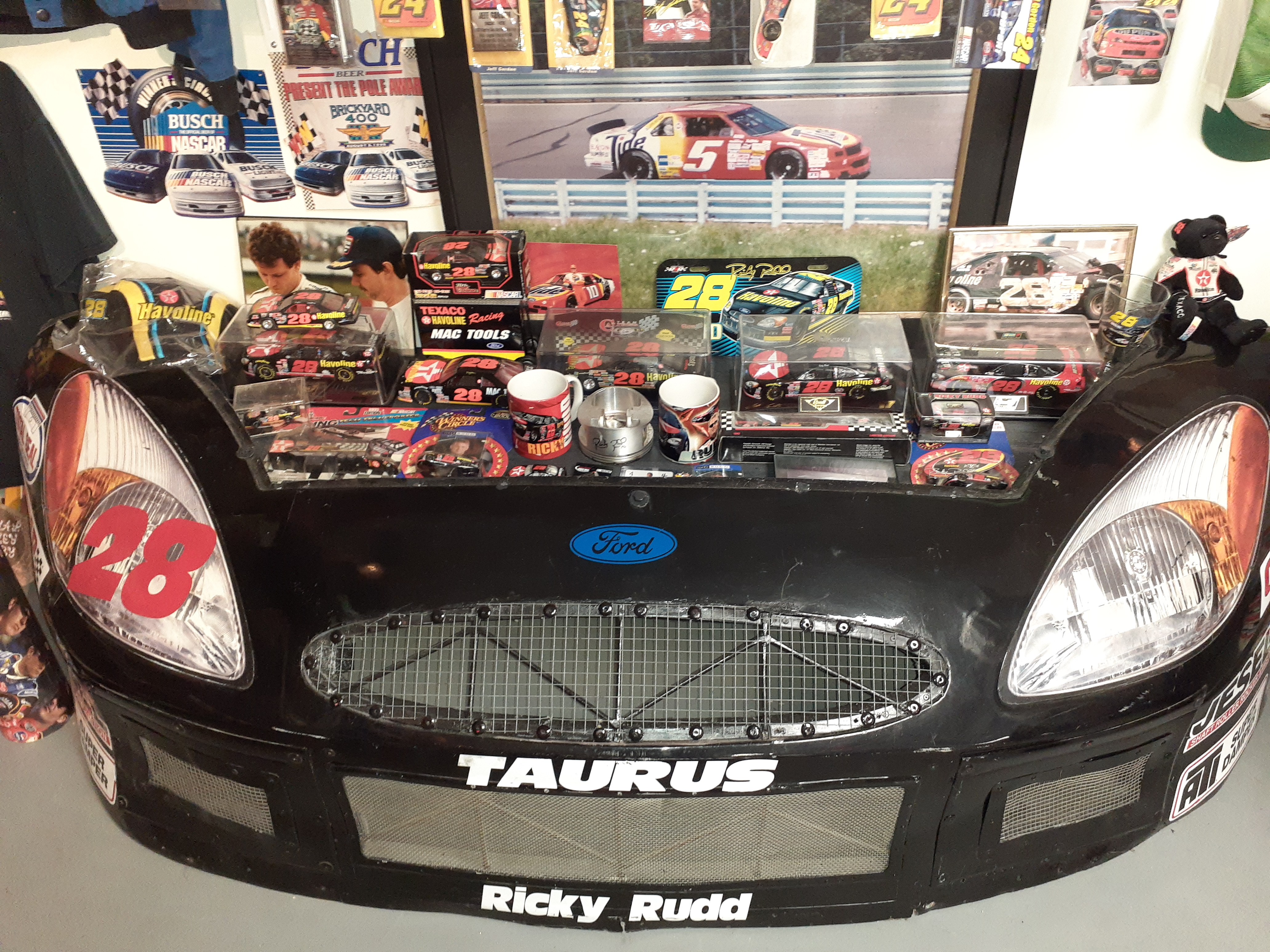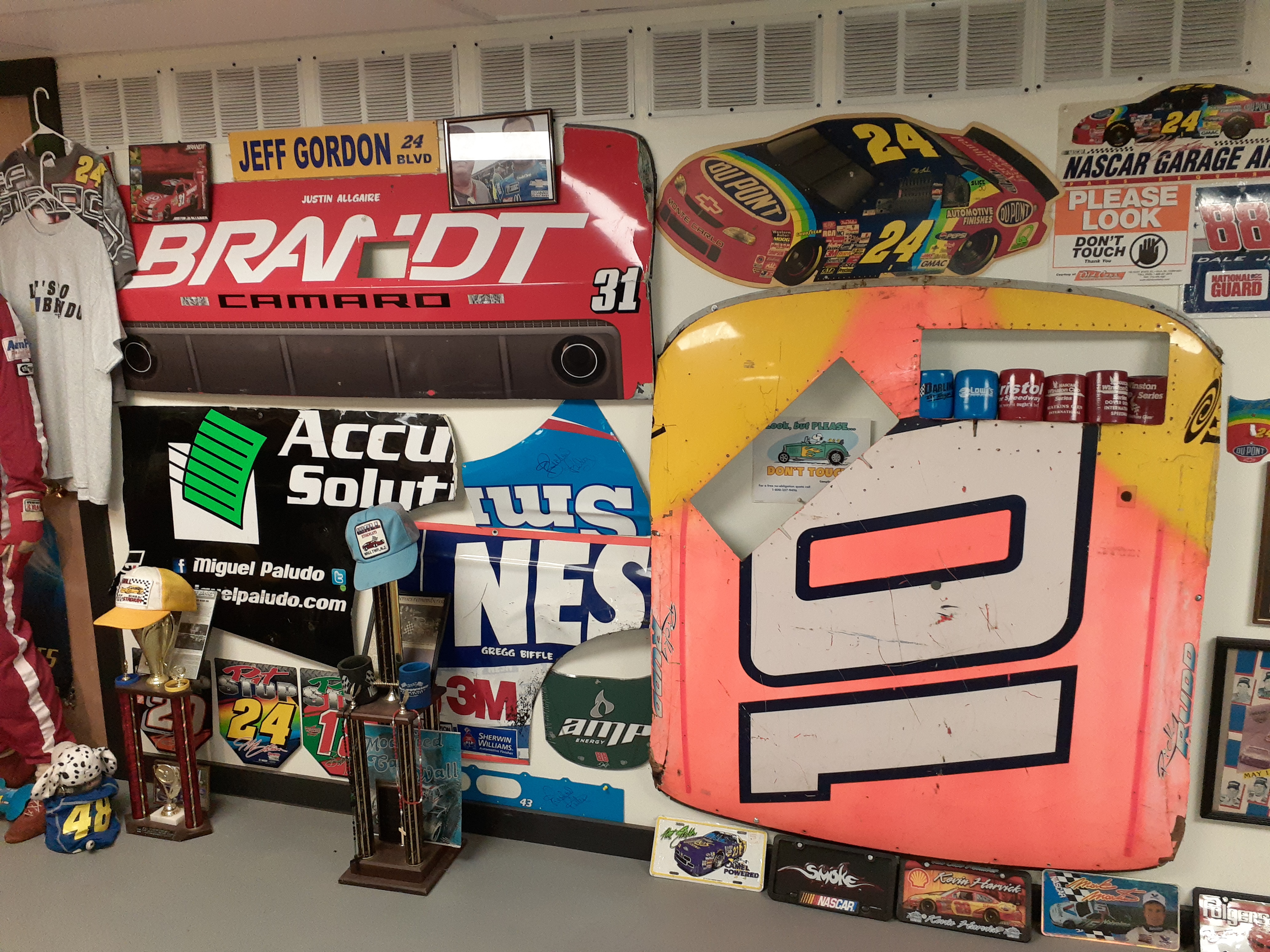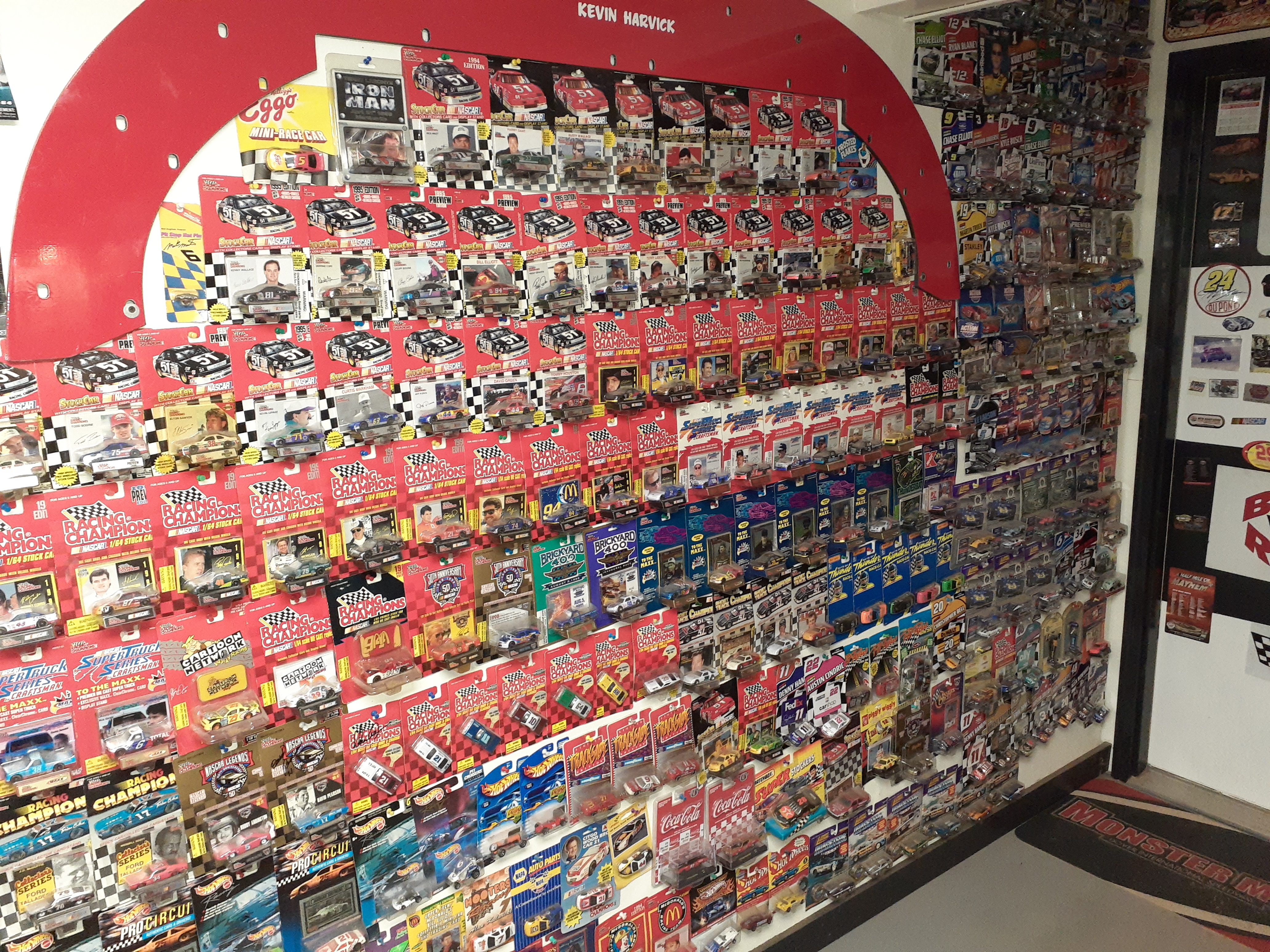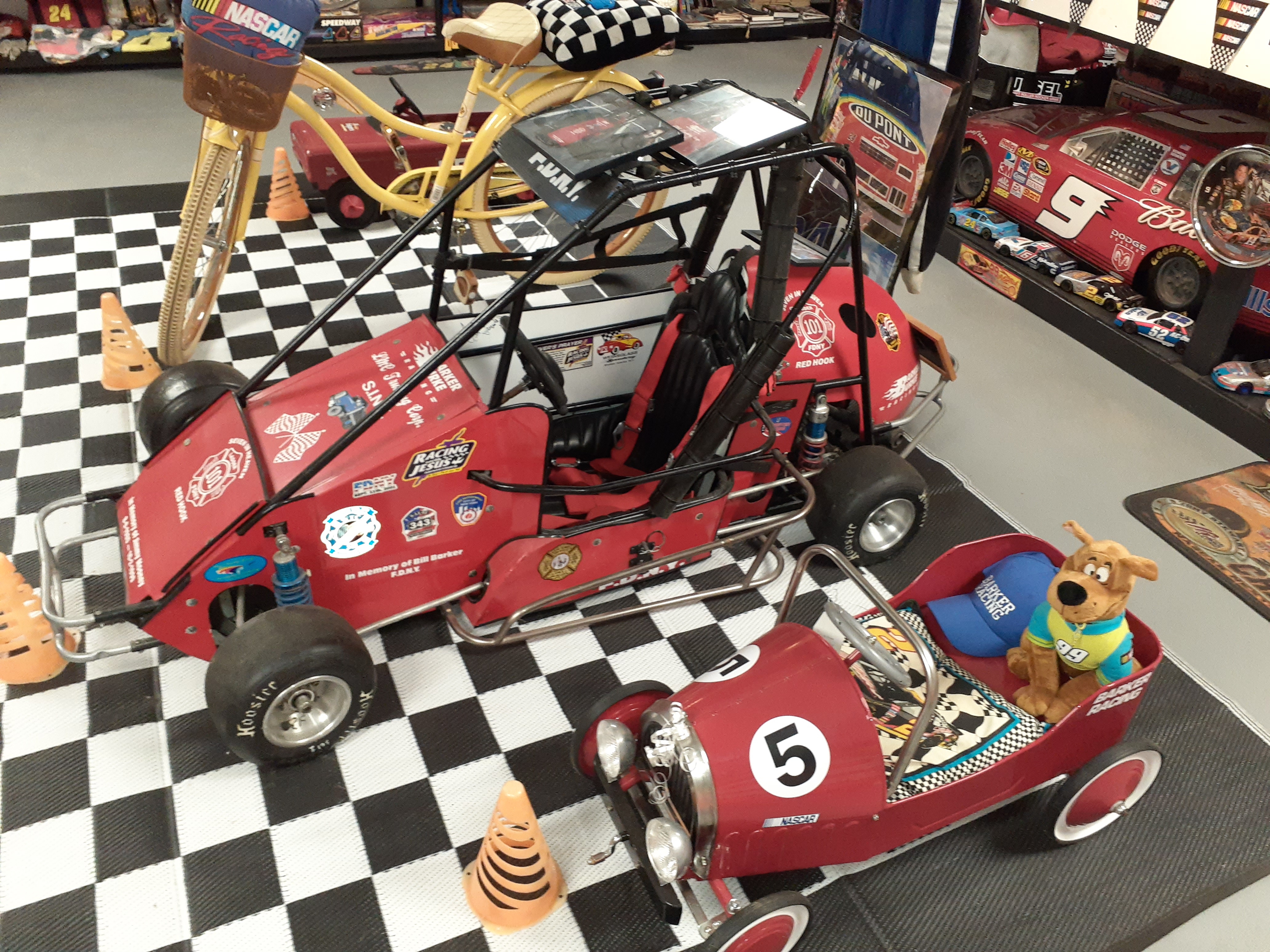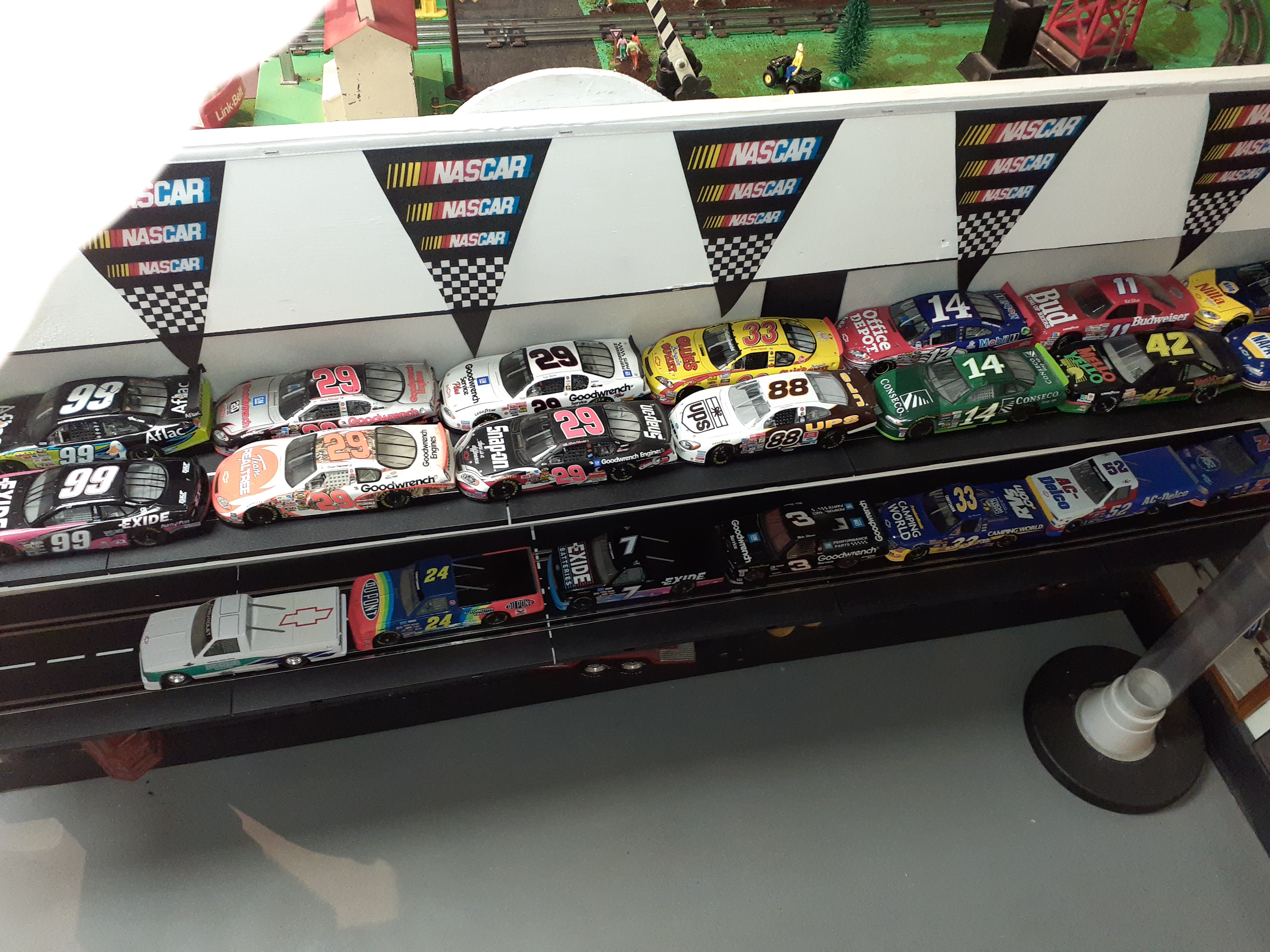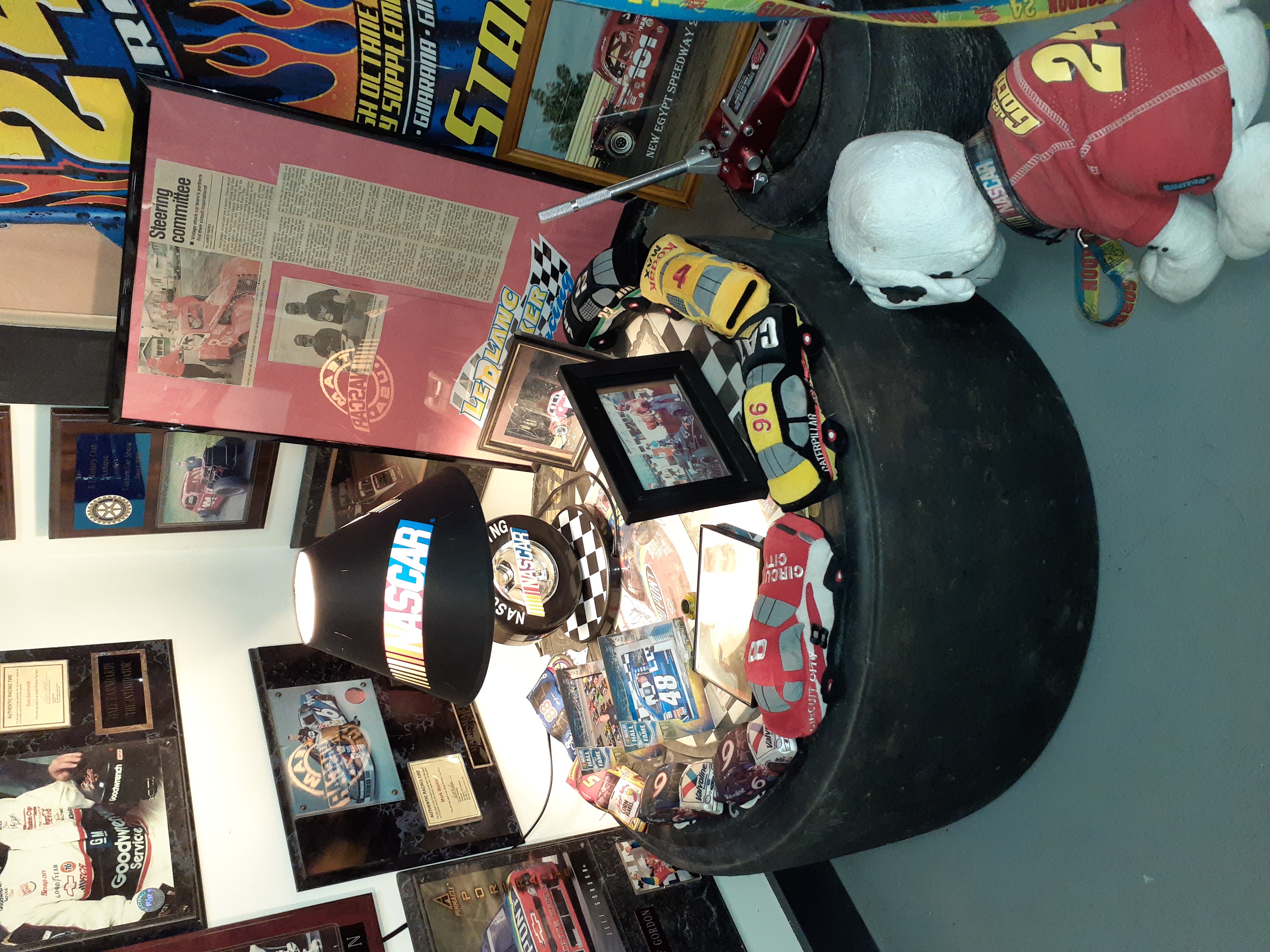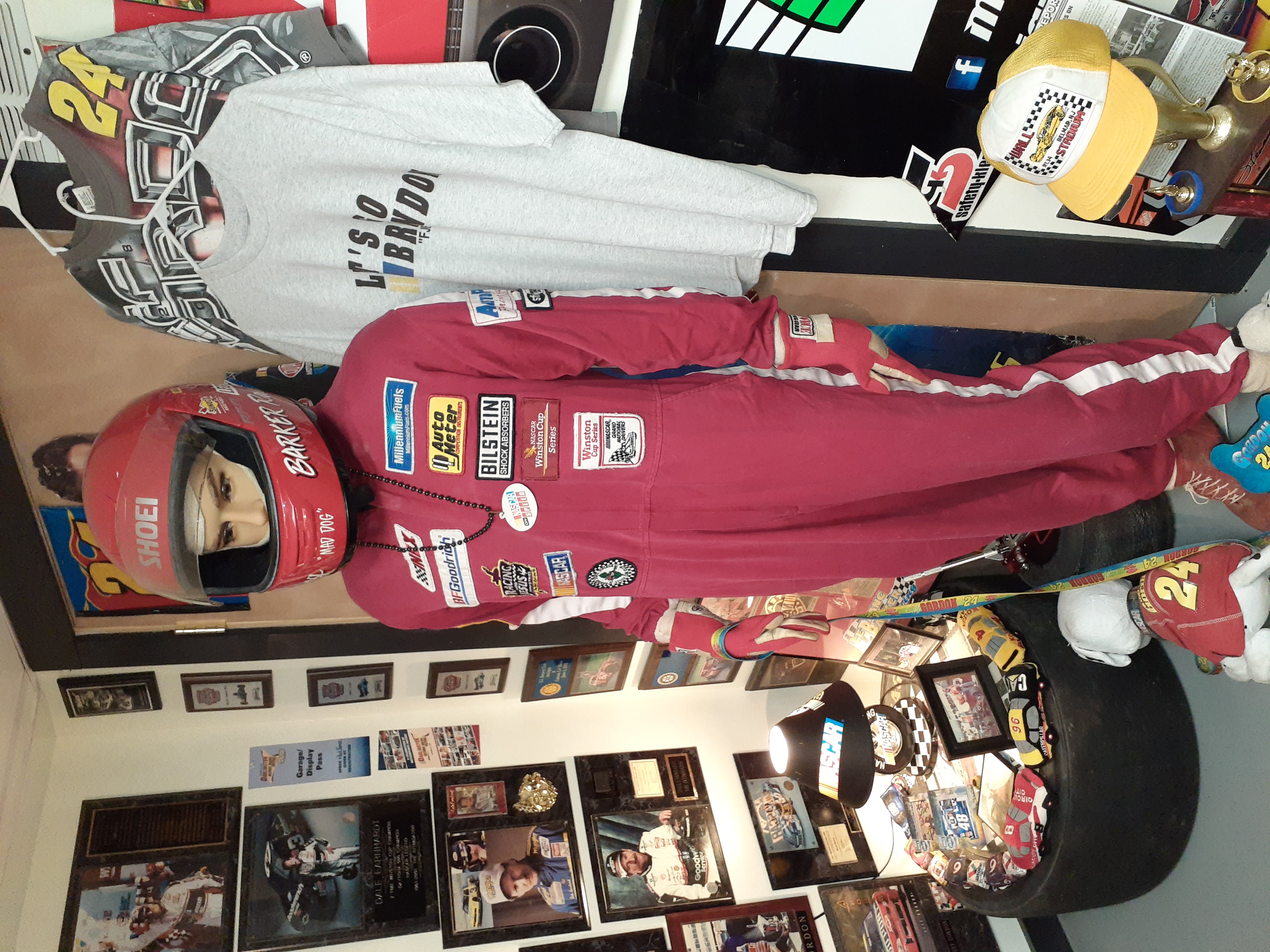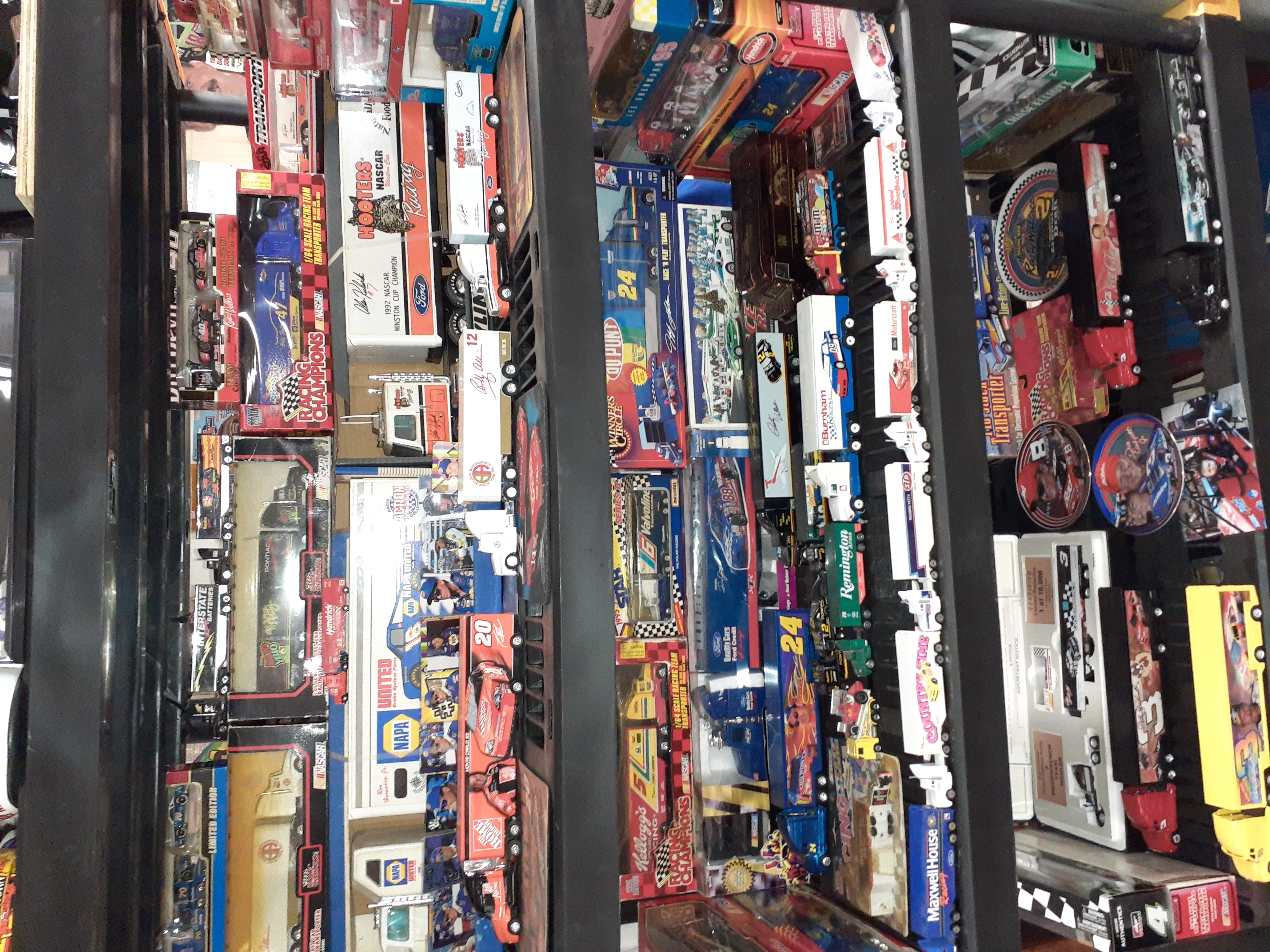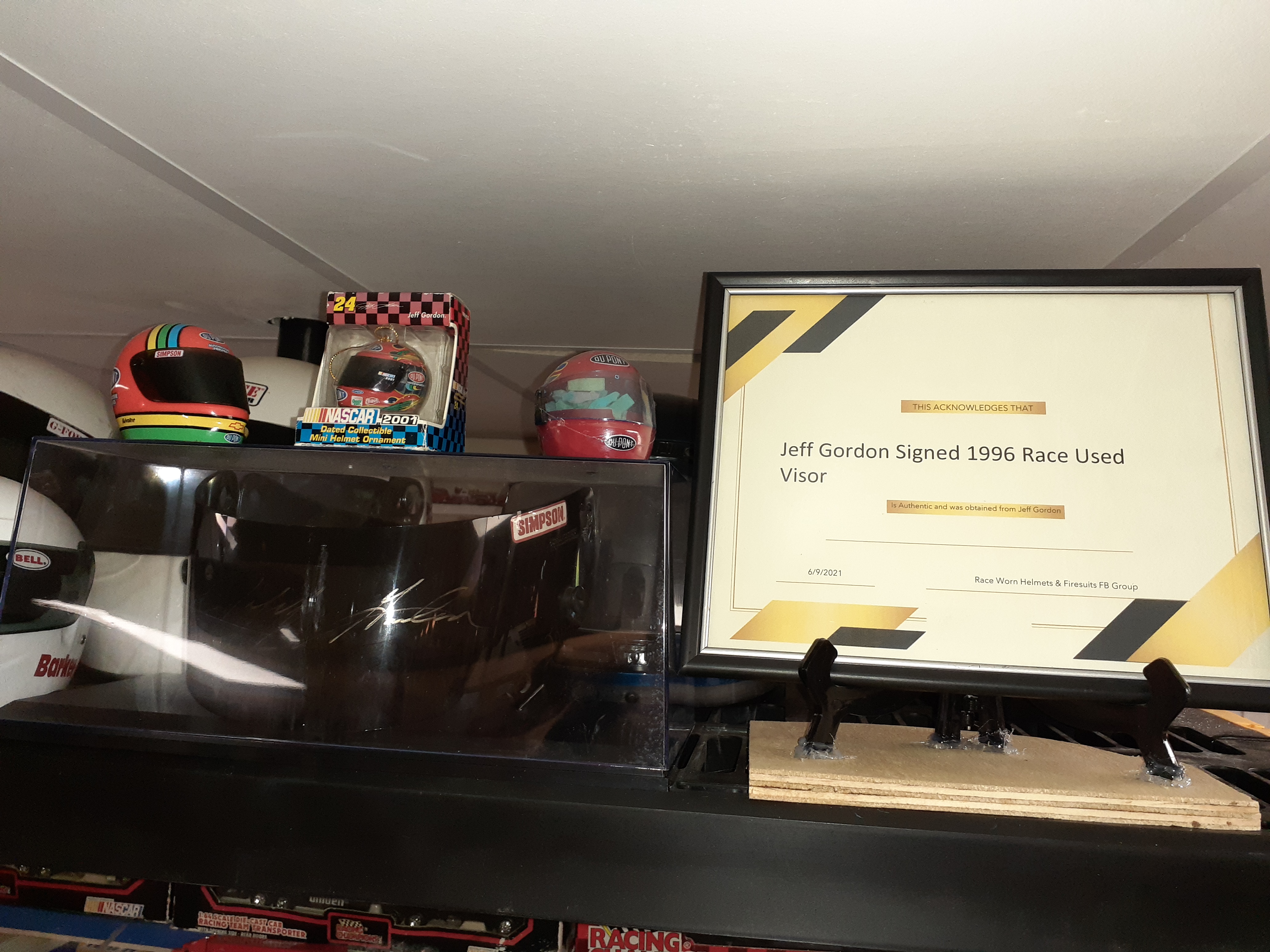Jim Sargeant started collecting cameras in the early 70s. He was cleaning the basement at 12 years old when he came across an antique camera. “I started using it, and I used it all through high school,” Jim shares. He started collecting mainly box cameras, and his parents gave him a book on collecting cameras.
Over the years, Jim discovered eBay and was able to grow his collection that way. He would start by purchasing a camera that he could afford, and when he found a nicer one, he would purchase the new and sell the old. Today, Jim has around 325 cameras and five display cases, all organized by type. His collection has grown to include more than just cameras. “My wife says I’m a reincarnated Kodak worker,” he shares. “I have a lot of Kodak advertising memorabilia.”
Something in his collection that stands out are his Kodak petite cameras. “I have one cupboard filled with Kodak petite cameras that were made in all different pastel colors,” shares Jim. “They made them like this to get women into photography. I’ve got every color under the rainbow! Kodak made a lot of pretty things for women – they even made a clamshell case with a mirror, lipstick, makeup, and a camera. Those are pretty expensive now, because it’s hard to find one with everything.”
Kodak also made Boy Scout Cameras. “I’ve got all the Boy Scout and Girl Scout cameras they made!” There’s also a Kodak-made camera called a Beau Brownie camera, designed in an art deco style and enameled on the front. “I have all ten of them, and they are very valuable.”
The cameras with the most value are those with the original silk bellows (a bellow is the accordion shaped portion of an old folding camera). “I’ve got cameras that go back to 1896,” Jim says. “I also have a booth in an antique mall where I sell cameras. It’s amazing how many people are into collecting them now! I got into them when there was no such thing as collecting cameras, and now it’s a worldwide business.”
While many of the cameras in the collection were originally purchased for $5 or $10, they have appreciated in value over the years. “I’ve got around $35,000 worth of cameras in my collection,” Jim says. “One camera alone is worth $3,000.”
Jim’s favorite camera overall is a green Kodak Petite camera with a lightning bolt pattern. “It’s the most valuable [piece I own], and it’s a beautiful camera. But I like them all – I wouldn’t have them if I didn’t like them all!”



Collectibles Insurance Services was founded by collectors, for collectors! Homeowners insurance often falls short when it comes to providing coverage for collections, so that’s where we step in. We help insure collections of all kinds — from LEGOs to sports memorabilia, and comic books to toys, and so much more.
Find out what types of collections we insure or get a quote today!
